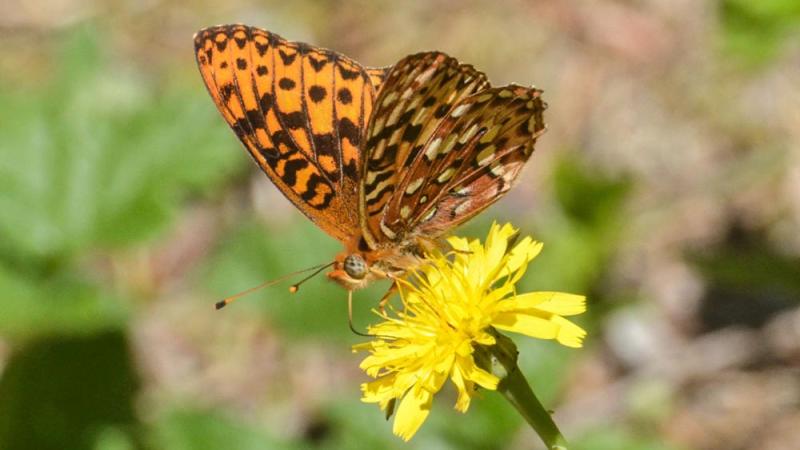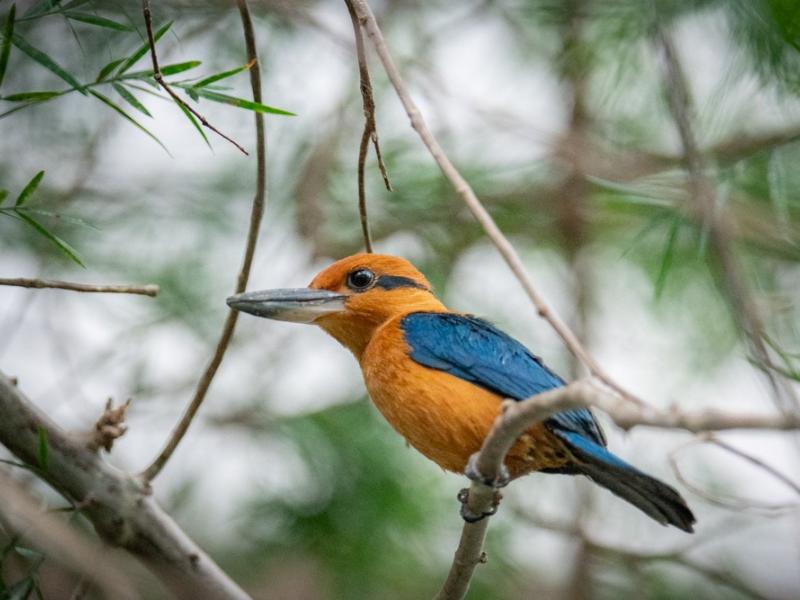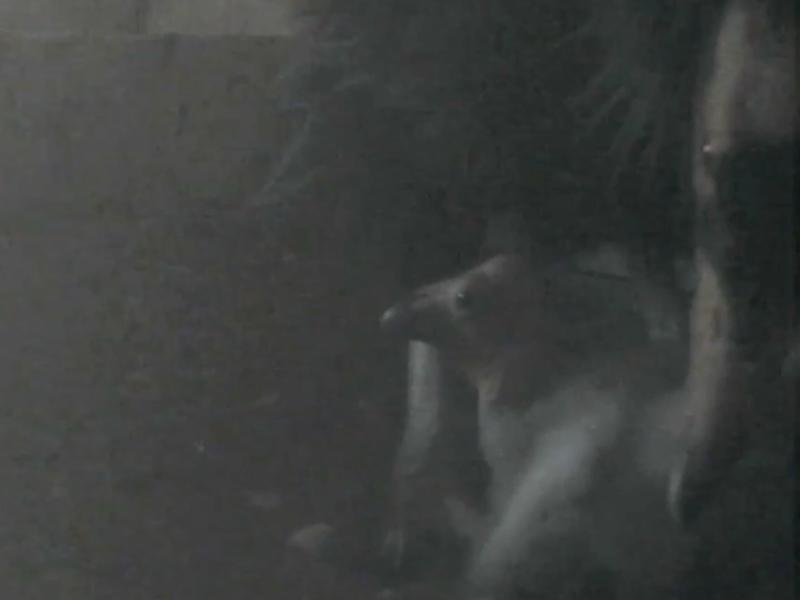Zoo releases thousands of rare butterflies into wild

Conservationists transport Oregon silverspots to coastal mountain range
Oregon Zoo butterfly specialists and their conservation partners said goodbye to thousands of the zoo’s tiniest residents last week.
They were releasing Oregon silverspot larvae at select sites in the coastal mountain range in an effort to save this beautiful Northwest species. The 2,172 rare insects marked the biggest-ever silverspot release at Saddle Mountain, and the most larvae released by the zoo in the past three years.
Once common in coastal grasslands from Northern California up into British Columbia, the Oregon silverspot has been listed as threatened under the federal Endangered Species Act since 1980. Today, just a handful of isolated populations remain.
“In all probability, most of these silverspot populations would now be extinct if it weren’t for this recovery program,” said Travis Koons, who oversees the zoo’s silverspot conservation efforts in partnership with the Oregon Parks and Recreation Department, the U.S. Fish and Wildlife Service, and Seattle’s Woodland Park Zoo.
Each summer, a small number of female silverspots are collected by field biologists and brought to the zoo to lay eggs. The eggs hatch into tiny caterpillars, which are kept safe during their winter dormancy. In the spring, they wake up to a leafy meal and grow quickly.
When the time is right, the zoo and its conservation partners transport the silverspots — either as caterpillars or pupae — to field sites in order to bolster the remaining Oregon populations.
“These beautiful pollinators have lost a lot of ground,” Koons said. “But if they continue to breed, and if we continue to restore and protect their habitat, we can give them a good chance to survive.”
In 2019, the Oregon Zoo became the first facility to successfully breed silverspots, and Koons said a small number of pupae will stay behind this year to complete their transformation into adult butterflies at the zoo — a “rear guard” of sorts that will breed and lay eggs to produce caterpillars for next year’s release.
The Saddle Mountain area was added as a reintroduction site in 2017 because a rare flower — the early blue violet — blooms in abundance there. Early blue violets are the main food source for the silverspot caterpillars as they mature into adult butterflies, and the Oregon coastal range is one of the few remaining areas where these flowers grow in large enough quantities to sustain a butterfly population. Thanks to restoration and re-planting efforts, areas like the one at Saddle Mountain provide ideal silverspot habitat.
More News

Zoo welcomes ultra-rare sihek kingfishers
The Oregon Zoo is home to many critically endangered species, but perhaps none as rare as its newest arrivals: a trio of sihek kingfishers.April 25, 2024

Jolene turns 2: Zoo to celebrate orangutan's 2nd birthday
The littlest member of the orangutan family is celebrating a big milestone this week: Jolene will turn 2 on Saturday.April 12, 2024

Seven chicks and counting: Zoo welcomes first condors of 2024
Seven fluffy chicks hatched last month at the Oregon Zoo’s Jonsson Center for Wildlife Conservation.April 5, 2024

